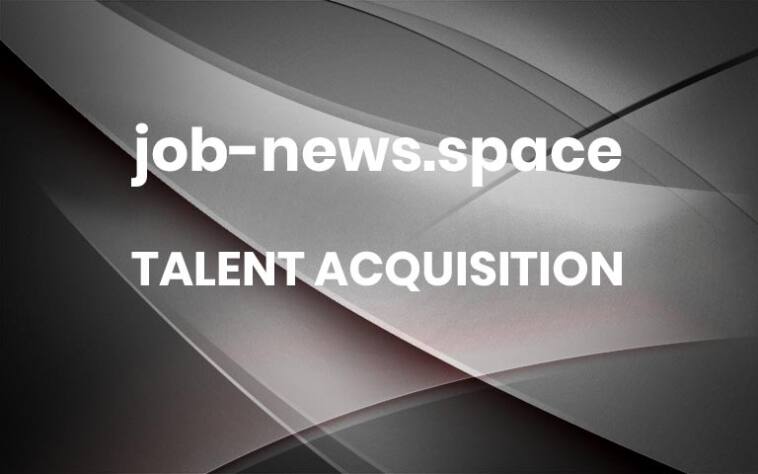Unlocking Creative Talent: A Recruiter’s Guide to Hiring in the Game Industry
The hunt for top creative specialists is fierce. The market is overflowing, demands are constantly shifting, and truly unique skill sets are rare. But don’t worry! This guide offers recruiters actionable strategies to attract and retain exceptional creative talent. Think Beyond the Traditional Sometimes, the best hires come from unexpected places. Instead of fixating on…
Unlocking Creative Talent: A Recruiter’s Guide to Hiring in the Game Industry Undercover Recruiter – More


